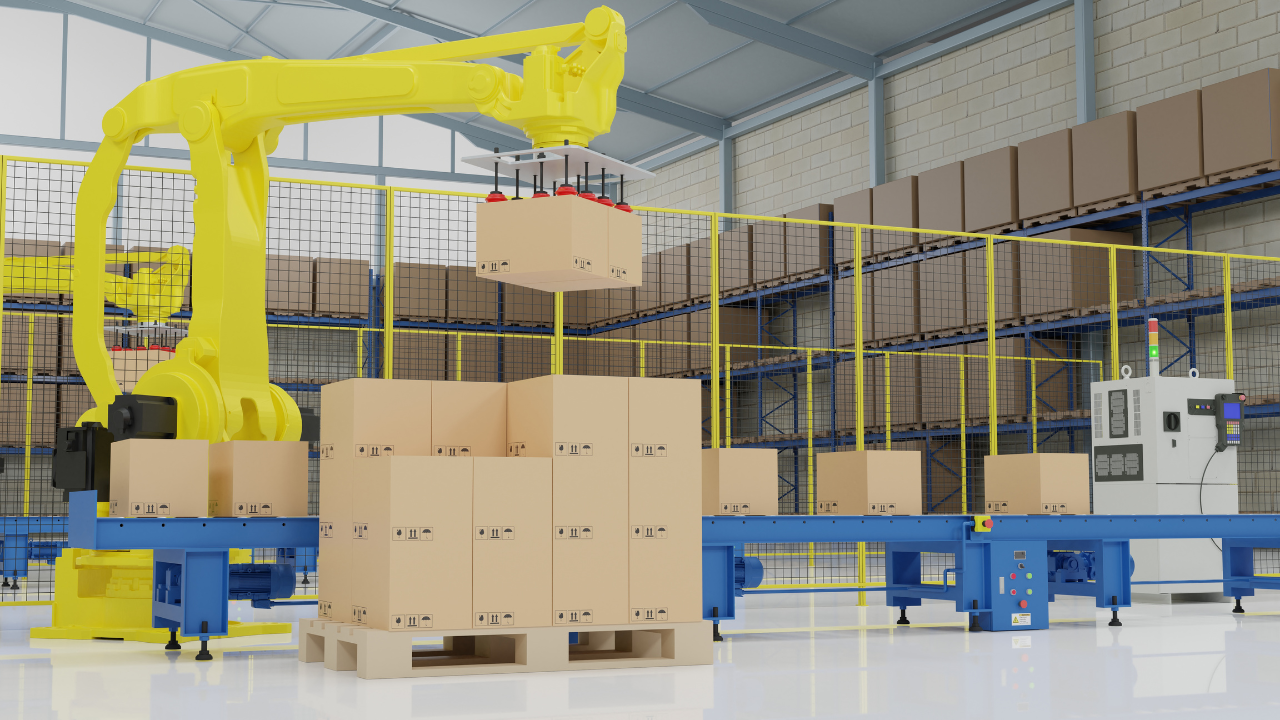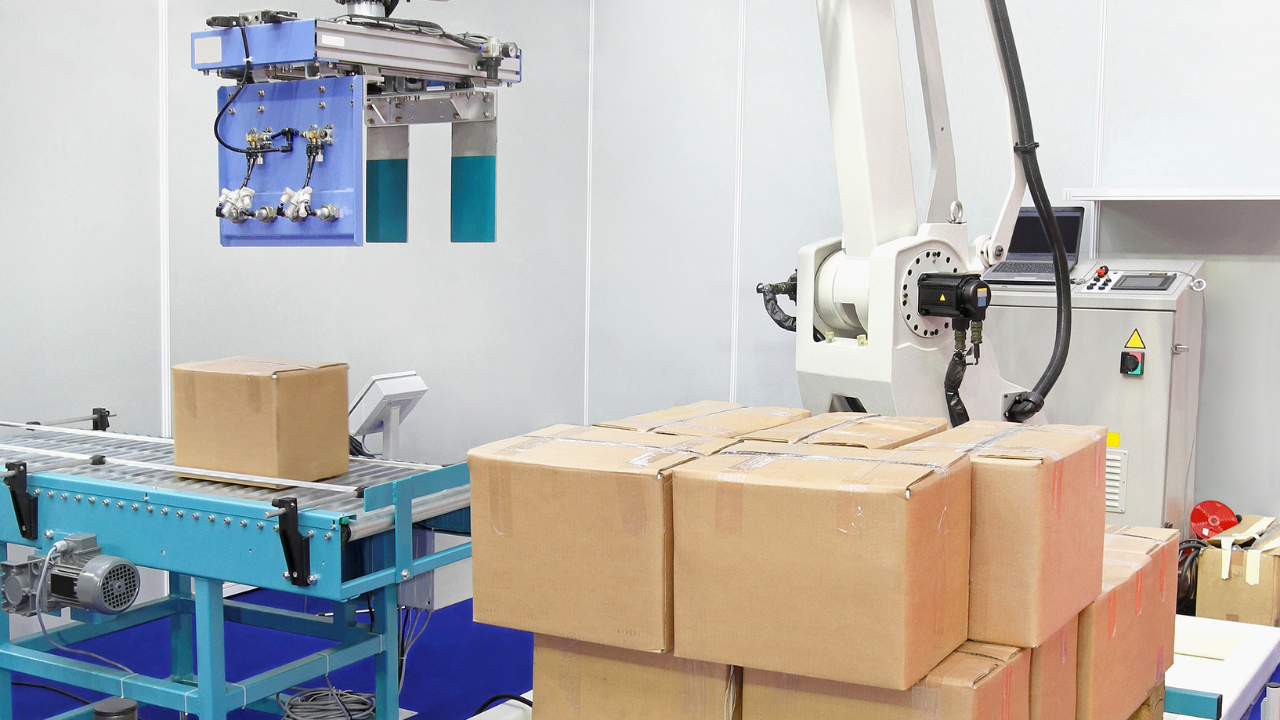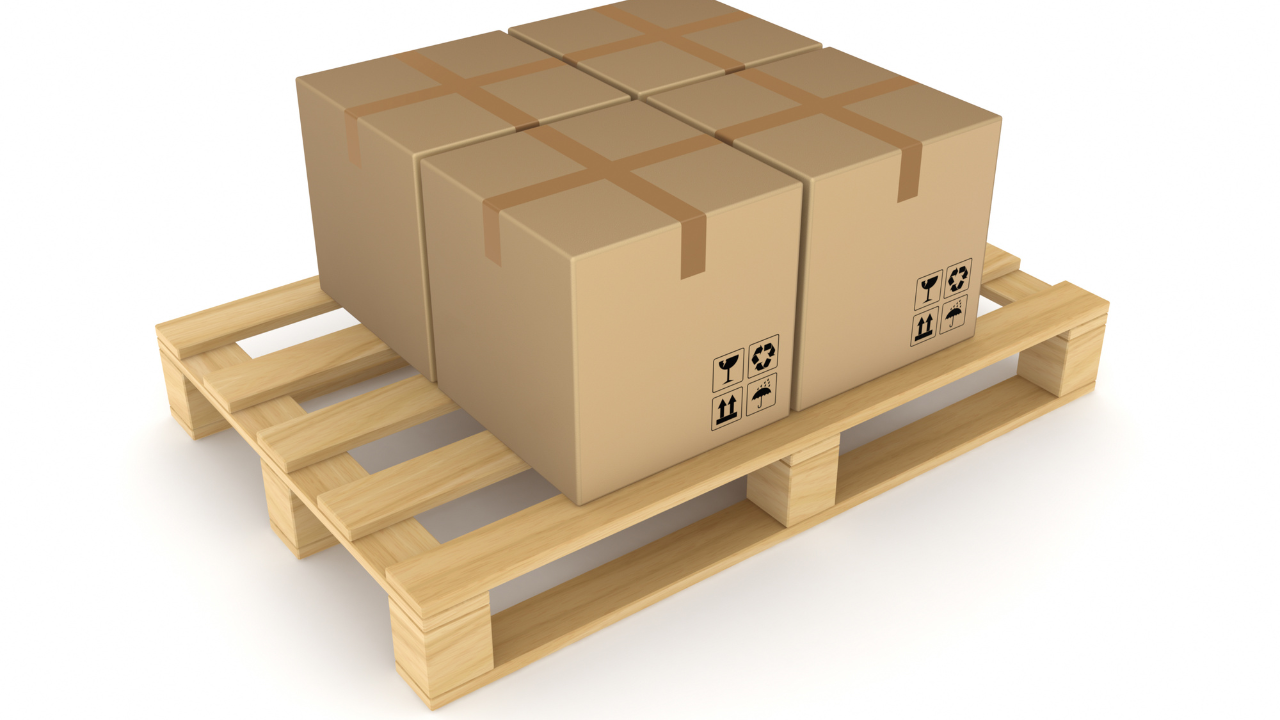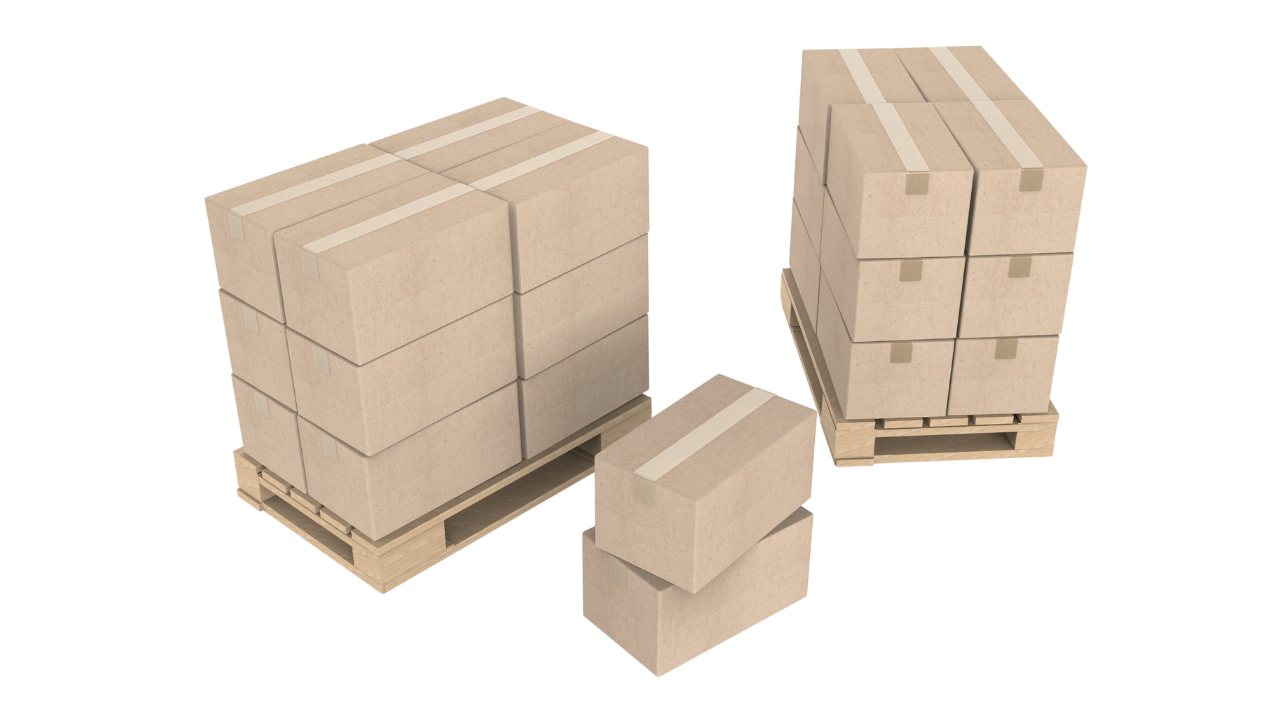Palletizer -- What are the types and characteristics of Palletizing Robot?
2024-03-29


With the increasing cost of labor and the expansion of production volume, the substitution of heavy and repetitive manual labor with machinery has become an inevitable trend, especially in industries with high risk factors such as chemical engineering, where adverse working conditions can affect people's health. Using machinery to replace manual labor in harsh working environments can greatly enhance production safety.
From an economic perspective, one fully automatic palletizing machine can replace six workers. Achieving intelligent operation management, it operates 24/7 without interruption, significantly reducing labor requirements and lowering labor intensity.
What is a palletizing robot?
A palletizing machine is used to automatically stack products, such as bags, cartons, or other packaging materials, onto pallets or skids according to specified patterns for storage or shipment. It simplifies operations and reduces labor requirements, thus decreasing labor intensity.
Classification of palletizing robots:
Palletizing machine can be categorized as palletizing robot (also known as robotic palletizer), high-level palletizer, coordinate palletizer, and column-type palletizer. They are widely used in various industries such as food and beverage, cement, and industrial goods for handling, palletizing, and depalletizing tasks.
Palletizing robot (robotic palletizer) are robotic arm-based devices with a palletizing efficiency of up to 800 packages per hour. They are computer-controlled and programmable for automation, offering flexibility and high load capacity, suitable for medium to large enterprises.
High-level palletizer are a popular choice due to their high efficiency, approximately 450 packages per hour. They are cost-effective, stable in structure, simple in operation, and versatile in palletizing configurations.
Coordinate palletizer use a four-axis robot motion mode, offering a small footprint, high efficiency, simple installation, and flexible configurations. They are cost-effective but have a lower load capacity and are less adaptable to additional facilities.
Column-type palletizer utilize four or five-axis motion, with a bottom rotary bearing enabling the upper arm to rotate 270°. Combining the advantages of robotic and coordinate palletizer, they can meet the palletizing needs of 2-3 production lines simultaneously.


Advantages of palletizing robots:
Simple structure, fewer components, and reduced probability of component failure result in reliable performance, easy maintenance, and minimal spare parts inventory.
Requires less floor space, facilitating layout planning in customer factories and allowing for more extensive warehouse areas.
Lower energy consumption compared to mechanical palletizers, resulting in reduced operational costs.
High adaptability, allowing for easy adjustment when product dimensions, volumes, shapes, or pallet sizes change without affecting normal production.
Simple and understandable teaching methods for positioning grab and placement points, operated through a user-friendly control panel, making operation straightforward.
Overall, palletizing robots offer significant benefits in terms of efficiency, reliability, space utilization, energy consumption, and adaptability, making them a valuable asset in modern industrial operations.